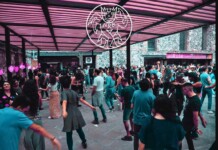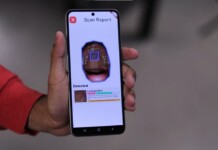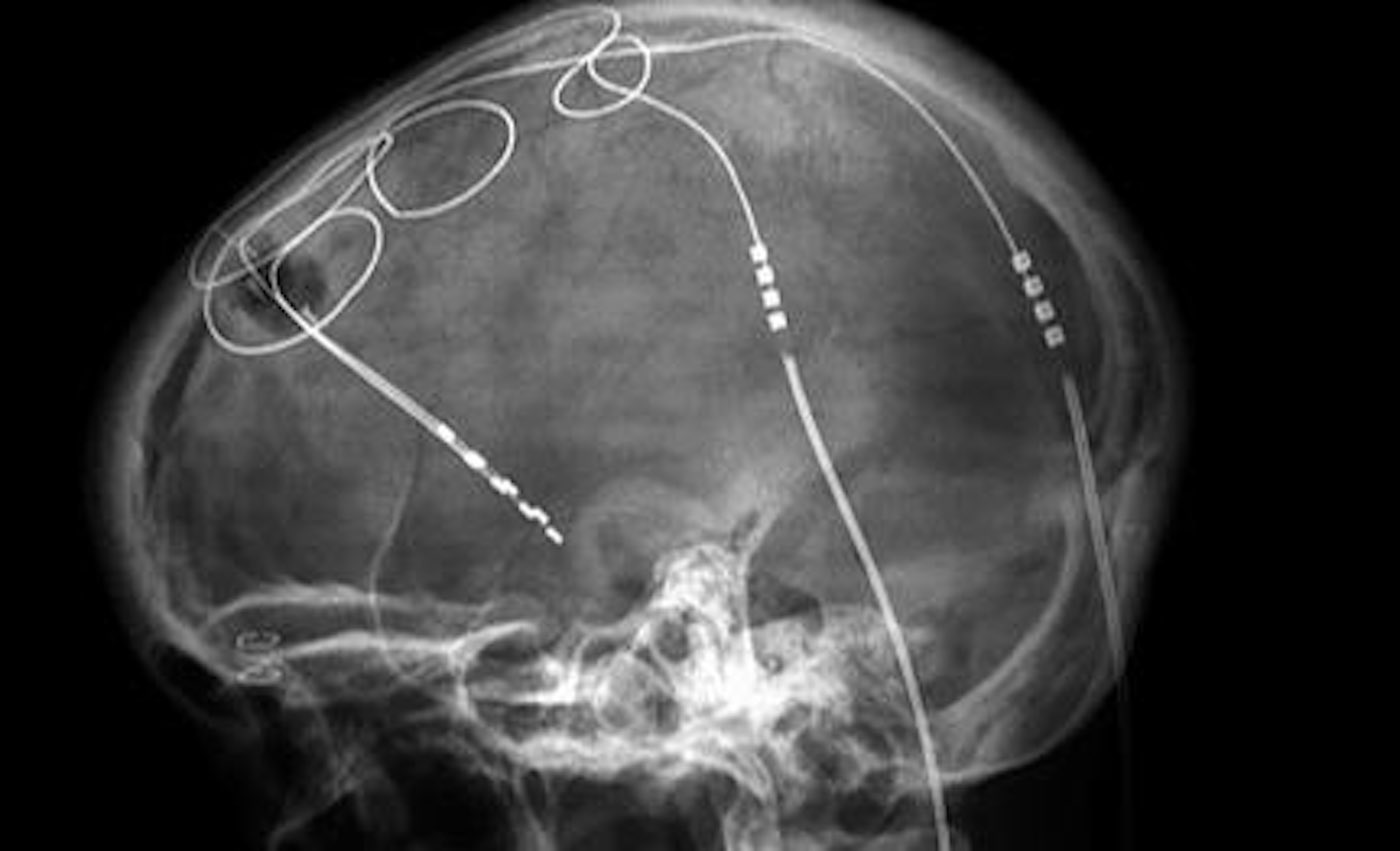An exciting new study published this week has found that deep brain stimulation (DBS) of a specific area in the brain provides a robust antidepressant effect that is sustained over a long period of time in patients with treatment-resistant depression—the most severely depressed patients who have not responded to other treatments.
Deep brain stimulation, currently approved by the U.S. Food and Drug Administration to treat essential tremor, Parkinson’s disease, epilepsy, and obsessive-compulsive disorder, is a neurosurgical procedure involving the placement of a neurostimulator (sometimes referred to as a “brain pacemaker”), which sends high-frequency electrical impulses through implanted electrodes deep in the brain to specific brain areas responsible for the symptoms of each disorder.
The long-term data presented in this study, conducted at Emory University and led by Professor Helen S. Mayberg, validates earlier work conducted by the research team and lays the foundation for additional studies to refine and optimize DBS for these patients. The study was published in the American Journal of Psychiatry.
MORE: Learn What 370 Schools Are Now Teaching in a Massive New Mental Health Research Trial
Dr. Mayberg led the first trial of DBS on the region of the brain called the subcallosal cingulate (SCC), known as Brodmann Area 25, for treatment-resistant depression patients in 2005, demonstrating that it could have clinical benefit. Subsequent small open-label trials produced similarly favorable results, yet despite these encouraging open-label results, a multi-center, randomized trial was halted early due to a lack of statistically significant antidepressant response at the designated, six-month a priori time point.
“Despite the fact that larger trials were halted early, what my colleagues and I were seeing as we continued to follow patients from our initial trials was that over time, they were getting better and not only that, they were staying better. So we stayed the course,” says Dr. Mayberg.
“Over eight years of observation, most of our study participants experienced an antidepressant response to the deep brain stimulation of Area 25 that was robust and sustained. Given that patients with treatment-resistant depression are highly susceptible to recurrent depressive episodes, the ability of DBS to support long-term maintenance of an antidepressant response and prevention of relapse is a treatment advance that can mean the difference between getting on with your life or always looking over your shoulder for your next debilitating depressive episode.”
CHECK OUT: After 68% of Patients Were Cured of PTSD in Phase-2 Trials Clinics May Soon Offer MDMA Therapy
Specifically, the study documents the long-term outcome data (4 to 8 years) for 28 patients who were enrolled in an open-label clinical trial of SCC DBS for treatment-resistant depression. Three-quarters of all participants met the treatment response criterion for more than half of their participation in the study. Of 28 participants, 14 completed at least eight years of follow-up, 11 others completed at least four years, and three dropped out prior to eight years of participation. Data presented through this study support the long-term safety and sustained efficacy of SCC DBS for treatment-resistant depression.
“While clinical trials generally are structured to compare active and placebo treatments over the short term, our research results suggest that the most important strength of DBS in this hard-to-treat clinical population lies in its sustained effects over the long-term,” says Dr. Andrea Crowell, Assistant Professor of Psychiatry and Behavioral Health Sciences at Emory University School of Medicine. “For people suffering from inescapable depression, the possibility that DBS can lead to significant and sustained improvement in depressive symptoms over several years will be welcome news.”
All study participants met criteria for either major depressive disorder or bipolar disorder type 2 and were in a current depressive episode of at least 12 months duration with non-response to at least four antidepressant treatments, psychotherapy, and electroconvulsive therapy. All study participants underwent SCC DBS surgery at Emory University School of Medicine with the same surgeon and received the same device. The first 17 participants were implanted between 2007 to 2009 in an open-label trial with a one-month, single-blind, stimulation-off, lead-in period.
RELATED: Tree-Filled City Parks Make People as Happy as Christmas Day, Says New Study of Twitter Posts
An additional 11 participants with major depressive disorder were implanted using tractography-guided anatomical targeting between 2011 and 2013. A total of 178 patient-years of data were collected and combined for analysis in this long-term follow-up study. Participants were seen by a study psychiatrist weekly for 32 weeks, starting at least four weeks prior to surgery. Visits were then tapered to every six months for years 2-8 of the study. Currently, 23 patients continue in long-term follow-up.
“At the Center for Advanced Circuit Therapeutics at Mount Sinai, we are currently gearing up for the next phase of this research, now funded by the National Institutes of Health Brain Initiative,” says Dr. Mayberg.
MORE: Managing Your Gut Bacteria Shown to Alleviate Anxiety, Says New Research
“Our new study will recruit treatment-resistant depression patients, as before, but they will be implanted with a new research prototype DBS system (Summit RC+S) that allows simultaneous recordings of brain activity directly from the site of stimulation during active DBS therapy. Advanced imaging, behavioral, and physiological assessments will also be performed at regular intervals in the lab.
“These studies will provide an unprecedented opportunity to monitor the trajectory of recovery over days, weeks, and months at the neural level,” she added. “Building on preliminary findings from Emory, we anticipate that these brain signatures will provide important new insights into DBS mechanisms and, importantly, will help guide future decisions about DBS management that can further optimize clinical outcomes in our patients.”
Reprinted from The Mount Sinai Hospital
Treat Your Friends To Some Good News By Sharing This To Social Media – File photo by Dr. Craig Hacking, A. Prof Frank Gaillar, CC




















